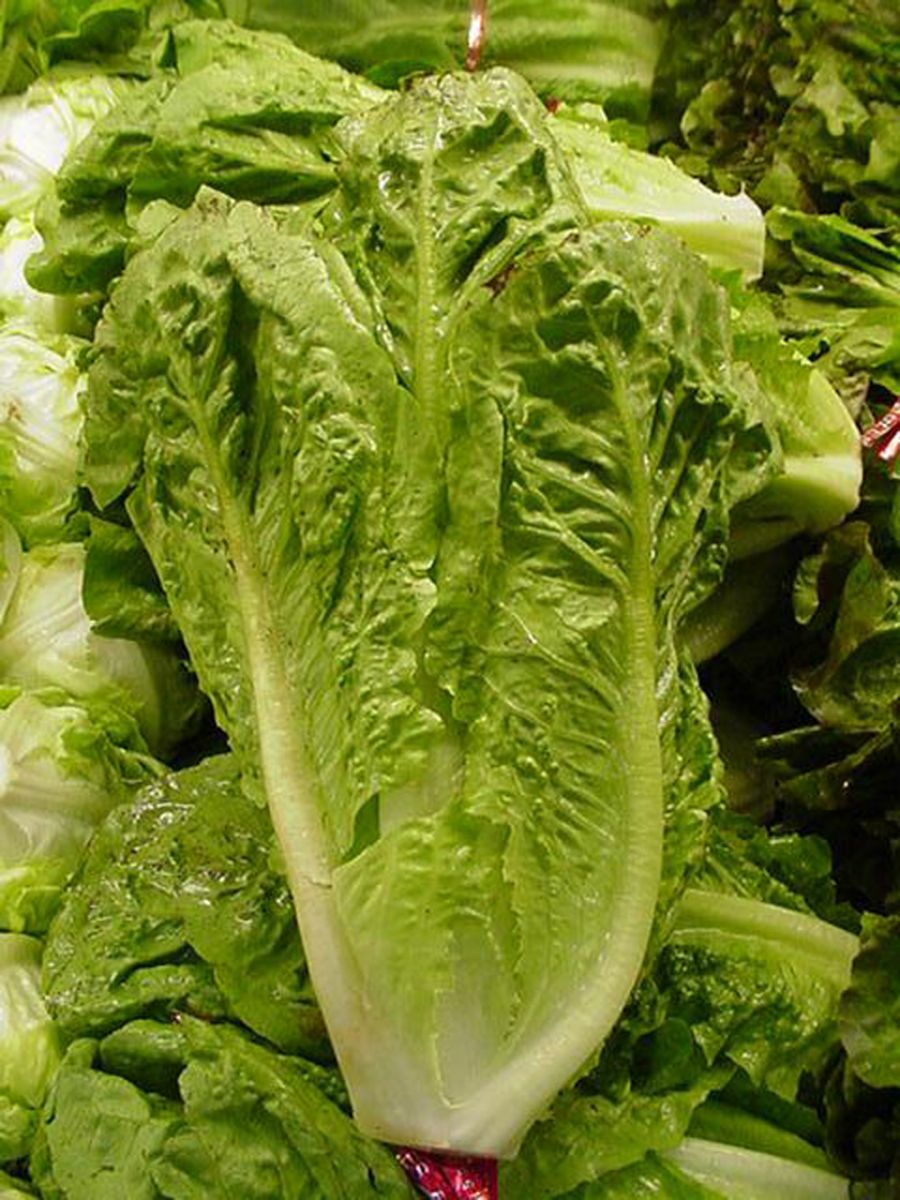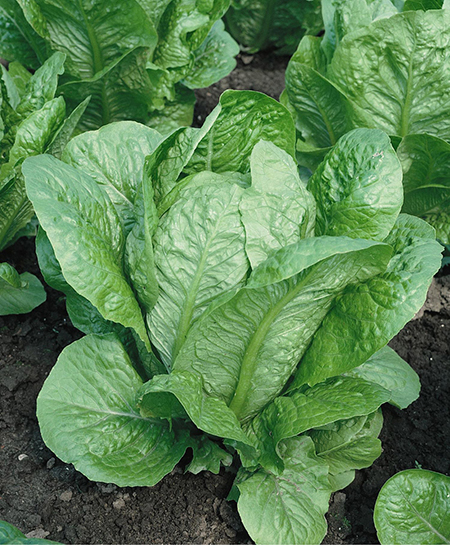Lettuce
Romaine (Lactuca sativa), also known as cos, is a lettuce that produces elongated heads. Romaine is considered more nutritious and has more volume than iceberg. Because it is slower to bolt than other head lettuces, romaine can be grown commercially in Kentucky.

Marketing
There are opportunities for romaine lettuce sales at all direct farm markets for vegetables, including farmers markets, on-farm markets, roadside stands and community supported agriculture (CSA). Kentucky restaurants and grocers show interest in sourcing locally grown romaine lettuce. Additional local and regional marketing opportunities may be available for bagged salad and lettuce mixes, especially if they are certified organically grown. Romaine lettuce is a well-established category in the wholesale grocery and foodservice trade. Growers here could explore market potential for producing spring and fall-grown romaine lettuce. High-volume production plus post-harvest cooling, food safety protocol and transportation are important for success in the commercial romaine market. The popularity of salad bars and bagged salad greens, as well as its greater use in the foodservice industry, has sustained consumer demand for romaine.
Production
Most of the romaine currently sold to wholesale salad companies consists of varieties that have been bred for western and southwestern U.S. climates. One important key to wholesale production in Kentucky will be selecting varieties adapted to our local climate. Romaine is a cool-season crop that is planted in early spring or late summer/fall. High tunnels and similar structures can be used to extend the season. Soils should be well-drained and rich in organic matter. Uniform soil types are important to obtaining uniformity at harvest. Lettuce is very sensitive to herbicides, such as triazines, and should not be planted where carryover could be a problem.
the romaine currently sold to wholesale salad companies consists of varieties that have been bred for western and southwestern U.S. climates. One important key to wholesale production in Kentucky will be selecting varieties adapted to our local climate. Romaine is a cool-season crop that is planted in early spring or late summer/fall. High tunnels and similar structures can be used to extend the season. Soils should be well-drained and rich in organic matter. Uniform soil types are important to obtaining uniformity at harvest. Lettuce is very sensitive to herbicides, such as triazines, and should not be planted where carryover could be a problem.
See the full crop profile and other resources below:
CCD Romaine Lettuce Profile (CCD-CP-116) (pdf)
CCD Organic Lettuce & Leafy Greens Profile (pdf)
Extended Season Lettuce Production Fact Sheet (CCD-WVU-FS-1, ANR-HORT-20-001) (From West Virginia University, pdf)

